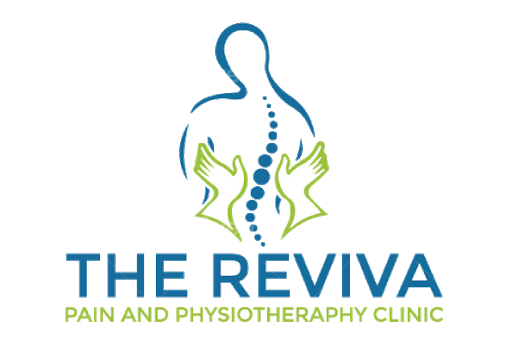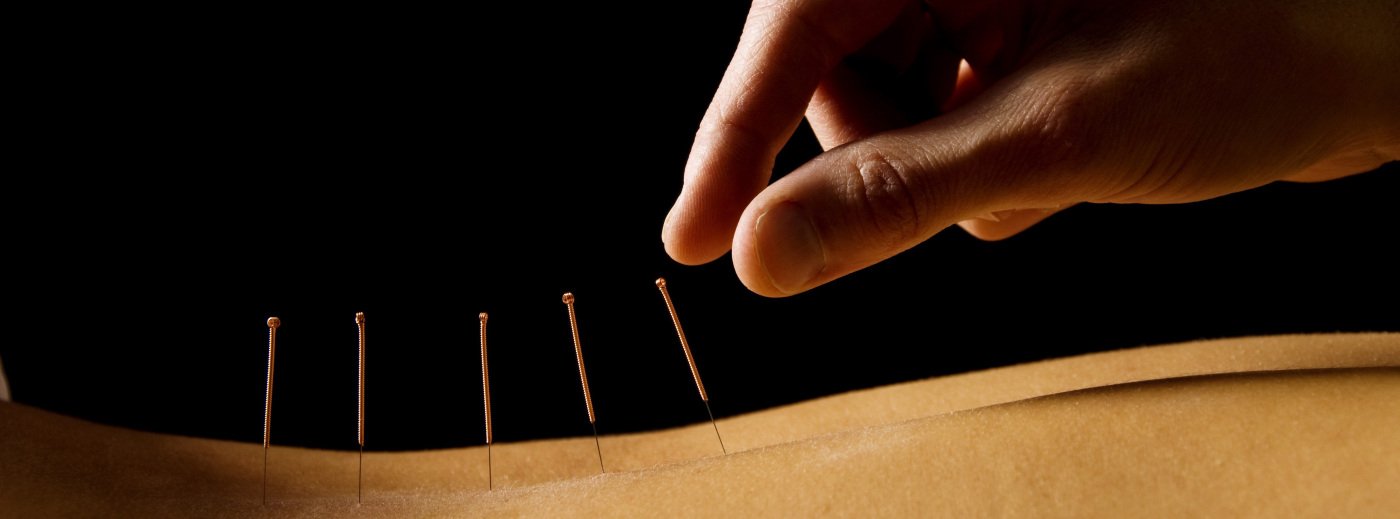Dry needling is appropriate for nearly all patients who do not have a significant needle phobia or other anxiety about being treated with needles. Like any type of therapy, dry needling may deliver unintended side effects, such as pain at the top of needle insertion, muscle soreness, fatigue, and bruising. In the hands of a skilled physical therapist, dry needling is a safe and effective treatment option and the patient will see benefits in a range of motion and joint use right away.
It’s normal that it may take several dry needling therapy sessions before the muscle is fully functional again. This is because trigger points are located under deep layers of muscles, so it typically takes several sessions for the changes to take full effect. But patients will notice the difference right after each treatment.
Dry needling is also known to be relatively painless. Generally, the needle insertion is not felt and the local twitch response only provokes a very brief pain response, feeling more like a shock or cramping sensation. A local twitch response is a therapeutic response that serves as a sign that the needle has hit the trigger point, so it’s actually a good and desirable reaction.
Caution is warranted in younger patients; based on empirical evidence, dry needling is not recommended for children younger than 12 years of age. If a child is undergoing dry needling, parent and child’s consent is needed and the child should fully understand the procedure before treatment begins.



